Equipment on our fleet
We are constantly incorporating innovative equipment and features in our buses in order to guarantee universal accessibility for all users.
In general, our national and regional service vehicles are equipped with the following adapted services (please note that the on-board toilet is not adapted on any of our routes or services):
Exterior signage denoting the corresponding accessibility standard.

Exterior button for requesting motorised lifting platform.
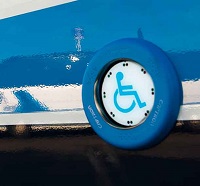
A motorised lifting platform to help passengers in wheelchairs/scooters board the bus.
These are 100% automatic lifting platforms equipped with an electrical protection mechanism, side protection bars and front and rear folding covers to facilitate boarding and prevent possible falls.
Consult the minimum requirements for wheelchairs and scooters to be permitted.
Seat-free space for people travelling in their wheelchair or scooter.
The passenger’s wheelchair shall be fixed to the rails installed on the floor of the bus using a special securing system.
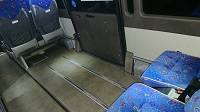
Specific stop buttons for passengers sitting in these spaces.
Auxiliary ramp to facilitate the loading of heavy mobility aids (electric wheelchairs, scooters, etc.) into the hold.
Additional system for securing and fastening mobility aids in the hold, in a space specially reserved for this equipment.
Consult the minimum requirements for wheelchairs and scooters to be permitted in the hold.
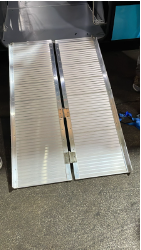
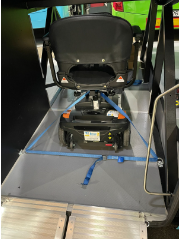
These seats are preferably located near the front door to facilitate access to passengers with reduced mobility or disabilities.
They are identifiable as they are a different colour to the other seats and are accompanied by specific pictograms, and they offer more space to facilitate accessibility and even to accommodate an assistance dog if necessary.

Specific stop buttons for passengers sitting in these seats.
Full set of bars and handles in contrasting colours and non-slip material to facilitate access and transit inside and when exiting the bus.
You will find them on all access steps, luggage racks and seats.
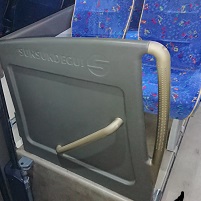
Standardised, easy-to-understand pictograms distributed throughout the vehicle, in addition to Braille signage.


State-of-the-art anti-slip flooring with non-reflective materials, when both wet and dry.
The steps up to the bus have stair nosings in a contrasting colour, generally in yellow or a reflective material.
Lighting in the area of the entrance steps.
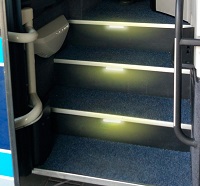
Anti-trap system at doors that reverses the opening/closing process in the event of an obstacle.
A locking system that prevents the vehicle from moving when a door is open or the access platform is deployed.
A kneeling system that lowers the vehicle on the right-hand side to facilitate access to passengers with disabilities or reduced mobility.
Floor lifting/lowering (levelling) system that reduces the height of the entire vehicle and also facilitates access for all passengers.
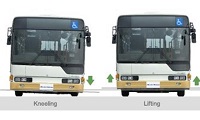
 Español
Español
 Català
Català
 Français
Français
 Galego
Galego
 Italiano
Italiano
 Portugues
Portugues
 Euskara
Euskara
 Deutsch
Deutsch
